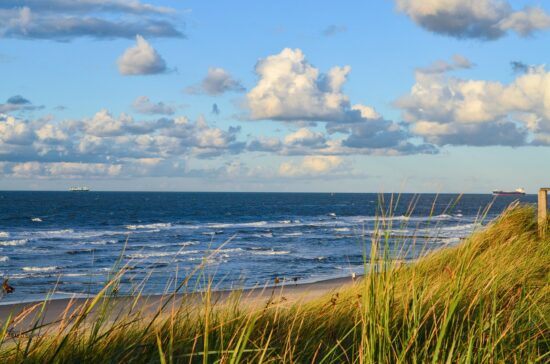Upper surface of coastal waters can accumulate bacteria and antibiotics
Researchers at ASM Microbe have found that antibiotics in the sea surface microlayer can significantly affect the number of bacteria present and contribute to the adaptation of marine bacteria against widely used antibiotics. The study found that 70% of marine bacteria had developed resistance to ofloxacin, 95% to clindamycin, 58% to clarithromycin, and 100% to novobiocin, the highest concentration in the environment. The study also found more bacteria in seawater samples collected from the sea surface microlayer than in the water below, even when different amounts of ciprofloxacin were added. The findings highlight the urgent need to reduce the ecological effects of introducing antibiotics into coastal waters.
AMR NEWS
Your Biweekly Source for Global AMR Insights!
Stay informed with the essential newsletter that brings together all the latest One Health news on antimicrobial resistance. Delivered straight to your inbox every two weeks, AMR NEWS provides a curated selection of international insights, key publications, and the latest updates in the fight against AMR.
Don’t miss out on staying ahead in the global AMR movement—subscribe now!







